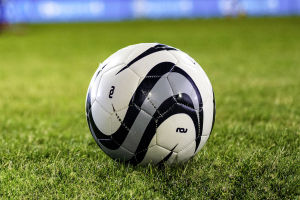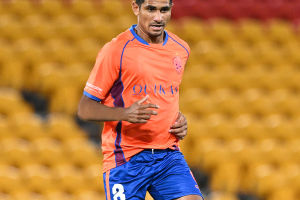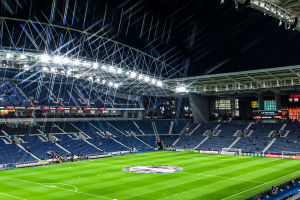For young tennis players and their parents, gaining a deep understanding of the various playing conditions is crucial to a player’s development. Competing on different surfaces and in various conditions helps juniors refine their skills and adapt to diverse challenges.
As players gain experience, they begin to identify which conditions work best for their individual styles, allowing them to focus on these areas to enhance their performance. As players mature, the impact of playing conditions on their game becomes even more pronounced, influencing their performance in significant ways.
Factors That Influence Match Conditions
Several factors play a pivotal role in shaping match conditions, including tennis balls, court surfaces, weather conditions, and altitude. Let’s take a closer look at how each of these influences the way a match unfolds.
Tennis Balls: An Often Overlooked Element
One of the most influential yet often overlooked factors is the type of tennis ball being used. Many junior players may not realize how much the ball can affect their game. Tennis balls can differ in size, weight, bounce, and durability, and these variations can drastically impact the way a match plays out.
The International Tennis Federation (ITF) regulates the official size and weight of tennis balls used in professional tournaments, but there is still a range of variability in the balls used in junior events. The type of ball used can significantly affect the match: players who prefer aggressive play will benefit from faster balls, while those who like to rally and build points may struggle with slower balls.
Tennis Court Surfaces: The Heart of the Game
The surface on which a match is played also plays a huge role in determining how well a player performs. The four main surfaces—hardcourt, clay, synthetic grass, and natural grass—each offer unique challenges. Even when a player sticks to one surface, like hardcourt, the conditions can vary from tournament to tournament.
Hardcourt: Known for its true and predictable bounce, hardcourts can be fast or slow, with varying levels of bounce. Aggressive baseliners thrive on fast, low-bouncing hardcourts, while patient players who use more spin tend to perform better on slower, high-bouncing surfaces.
Clay Court: Clay courts generally offer slower speeds and higher bounces, making them ideal for players who rely on topspin and long rallies. These courts also require players to learn to slide, which is a skill not needed on other surfaces.
Grass Court: Grass courts have a low and sometimes unpredictable bounce, requiring players to adjust their game accordingly. They are fast courts, which benefit aggressive baseliners and serve-and-volley players.
Synthetic Grass Court: Similar to natural grass, synthetic grass courts offer a low bounce and fast conditions. However, movement can vary depending on the amount of sand used in the surface.
Weather Conditions: A Game-Changer
Weather is another major factor that impacts match conditions. The temperature, wind, and humidity levels can all alter the pace of play and a player’s performance.
Temperature: Hotter temperatures generally make the ball travel faster, while cooler conditions slow it down.
Wind: Windy conditions can disrupt even the most well-planned strategies, requiring players to be flexible and adapt their game. Smart, tactical players who can adjust their shots to the wind often have an advantage.
Altitude: Playing at high altitudes, where the air is thinner, can cause the ball to travel faster. High-altitude events such as those in Sao Paulo, Brazil, or Andorra, require players to adjust to the faster pace of play.
Conclusion: Adaptation is Key
For junior players, developing the ability to adapt to different match conditions is an essential part of their growth. As they gain experience, they will learn to adjust their strategies based on factors such as the surface, ball type, and weather conditions.
Players who are aware of how these elements affect their performance can make smarter decisions during a match, giving them a competitive edge. Understanding these variables and learning to adjust their game accordingly will help young players increase their chances of playing at their best, regardless of the conditions they face.


